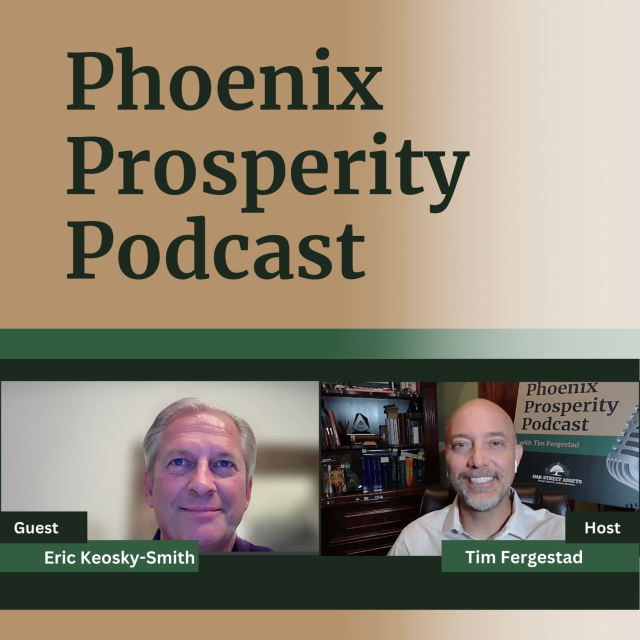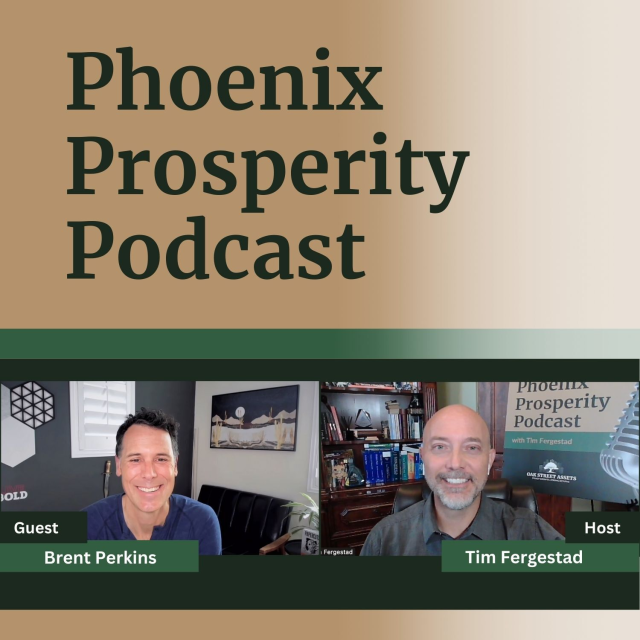When Alex Hormozi announced the launch of $100M Money Models for August 16–17, 2025, it felt like half the business world tuned in. It was more than a book drop. It was a full-blown event. He streamed the launch, packed it with frameworks, and did what he does best: simplify wealth building in a way that makes people stop scrolling and pay attention.
I was one of the people watching. Not just because I’m a Hormozi fan, but because I’m always curious when someone with his experience talks about scaling. I want to see what sticks, what’s hype, and what principles cut through all the noise.
And honestly, as I watched the launch and then read through the book (that came the following week as I pre-ordered it), I kept struggling to see how real estate investing fits into these models.
In fact, the model is how he set a Guinness World Record for the fastest selling non-fiction book and sold MILLIONS of copies within days.
What Stood Out During the Launch
The launch itself felt like a reminder of how much power there is in packaging ideas well. Hormozi didn’t just release a book. He created a moment. A shared experience for entrepreneurs, investors, and anyone who’s chasing wealth.
What stood out to me was how he uses the launches to prove the systems he is sharing.
Because here’s the thing: at its core, $100M Money Models is about how you think about deploying money, not just how you make it.
Allocation vs. Accumulation

One of Hormozi’s big points, both during the launch and in the book, is that where you put your money matters more than how much you have. That line rang in my head because I’ve seen the truth of it play out dozens of times in multifamily investing.
I remember talking to an investor years ago who hesitated on a deal because he felt like his capital was too small to make a difference. He waited. He sat on the sidelines. Later, I had another investor with even less capital who decided to take the leap. That second investor is now years ahead in wealth growth. Not because he started with more, but because he took action and put his money to work in the right place.
That’s allocation over accumulation. The first investor thought he needed to “save up more” before he could play. The second understood that if you allocate well, the model itself compounds for you. Watching Hormozi hammer on that point during the launch reminded me that the real difference in outcomes comes from discipline, not initial size.
Apartments as Money Models
When Hormozi walked through the concept of building repeatable money engines, I couldn’t help but smile. Because that’s exactly how I think about apartment buildings.
Most people picture them as just bricks, windows, and doors. But to me, every property is a business. It has customers, revenue, expenses, and management. It has growth levers you can pull. And it has the ability to keep paying out month after month, year after year.
Hormozi’s audience was thinking about online businesses, gyms, software, service companies. I was thinking about the 100-unit property where rent checks hit consistently (an ongoing challenge at some properties!), where operational improvements increase net operating income, and where time itself works in your favor.
That’s why I say multifamily investing is one of the purest money models out there. It’s not hypothetical. It’s not a “someday this could scale” kind of play. It’s cash flow today and compounding tomorrow.
The Energy of Compounding

Another theme from the launch that I couldn’t ignore was compounding. Hormozi talked about reinvesting profits back into your system. That’s how entrepreneurs go from struggling to scaling.
It’s the same in apartments. When you refinance a property and roll the equity into another deal, that’s compounding. When you take steady cash flow and reinvest into improvements that raise rents and property value, that’s compounding. When you hold instead of selling too early, letting appreciation and debt paydown stack, that’s compounding.
I have walked enough properties to know that patience is the real separator. I’ve been in buildings that looked like they were on their last legs. Roof leaks. Hallways with stains older than some of the tenants. Owners who squeezed short-term gains and neglected long-term health. Those deals taught me that quick wins don’t last. Compounding only rewards people who give it time.
That’s the same truth Hormozi kept circling back to. And it’s the same truth I see every time an investor asks why Oak Street Assets takes the long view instead of chasing flips. Flipping properties is very transactional and is a J-O-B and not the type of investing most of us like to do. Traditionally, wealth in real estate is built over TIME.
The Power of Packaging Ideas
Everyone can learn from how Hormozi packaged his launch. Watching him roll it out reminded me of something we sometimes forget in investing: ideas are only as powerful as the way you communicate them.
Hormozi didn’t invent compounding. He didn’t invent allocation frameworks. But he put them together in a way that made the entire business community stop and rethink. That’s what created momentum.
Part of Alex’s genius is simplifying things and clearly communicating them.
It made me think about how we present multifamily to busy professionals. To me, the model is obvious. But not everyone sees it that way until it’s packaged clearly. Part of my role at Oak Street Assets is not just finding and operating deals, it’s helping people connect the dots between what they want (time, freedom, security) and how apartments deliver that through the similar principles outlined in $100M Money Models.
Why It Matters for Investors
The biggest takeaway I had from watching the launch is that everyone is looking for their version of a “money model.” For entrepreneurs, it might be software or a product business. For busy professionals who want to build wealth without leaving their careers, it might be passive real estate investing.
Allocate well. Own repeatable engines. Play the long game.
That’s not theory. That’s the lived reality of people who commit to this path.
Final Reflection

August 16–17 wasn’t just a book launch. It was a reminder of how universal the principles of success really are. Watching Hormozi break down money models for entrepreneurs while I was thinking about rent checks and unit walkthroughs showed me that we’re all operating in the same framework. We just choose different vehicles.
For me, that vehicle is real estate. It always will be.
—Tim Fergestad







